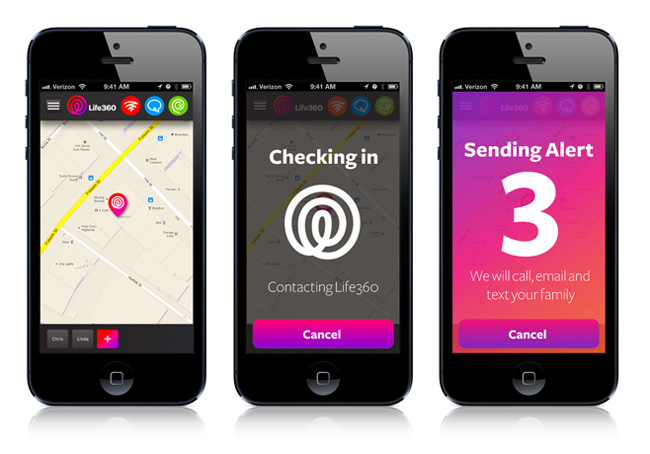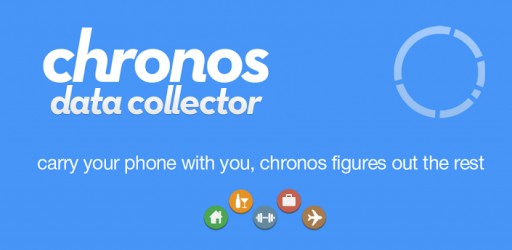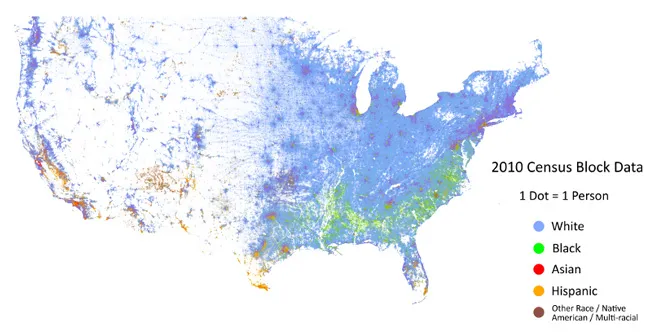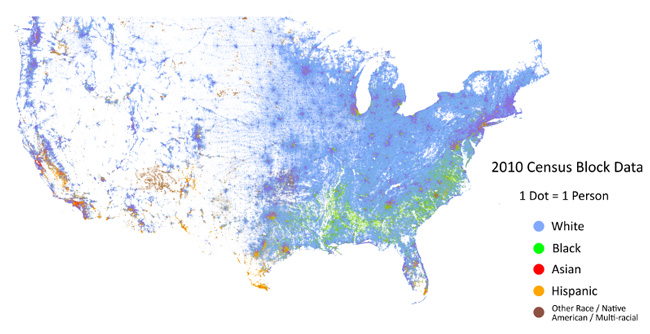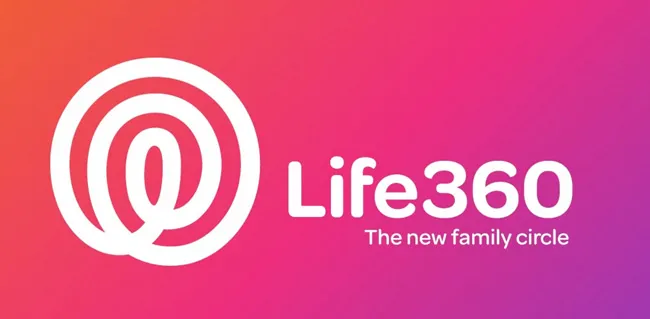
Life360 family network acquired Chronos passive activity tracking app
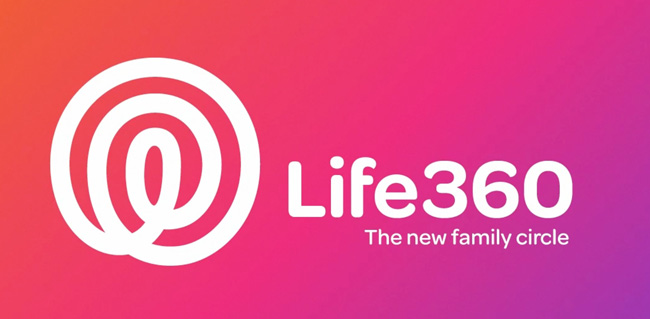 Life360, the company behind a popular family location-based network has acquired Chronos Mobile Technologies, a startup behind a number of mobile apps that passively collect data from users’ smartphones to understand people’s day-to-day patterns and routines.
Life360, the company behind a popular family location-based network has acquired Chronos Mobile Technologies, a startup behind a number of mobile apps that passively collect data from users’ smartphones to understand people’s day-to-day patterns and routines.
The match of this two apps seems to be obvious. Life360’s focus on tracking family members. It is used by over 50 million families around the world who receives location-based alerts about their family members (alerts received when family members leave or arrive at important places like work, home, school, etc.).
On the other hand Chronos app has been designed to gather data about yourself. How long do you spend sleeping, commuting, at work, at the gym etc. Users can set up goal and automatically track whether they reached it like spending more time with family, or working out.
Alex Haro the co-founder and President of Life360 explains:
Their contextual-awareness technology and work on using passively collected data to connect close circles is really closely aligned with our mission at Life360. The power of this is to eventually create new form of passive communication for families.
In fact we could think about hundreds of applications of Chronos contextual awareness engine in Life360 app. Users could receive contextual alerts e.g. to buy a bread when leaving the office, or receiving travel time to their next destination.
The value of the deal was not disclosed but it would be interesting to see what is the value of a tiny company like Chronos.



